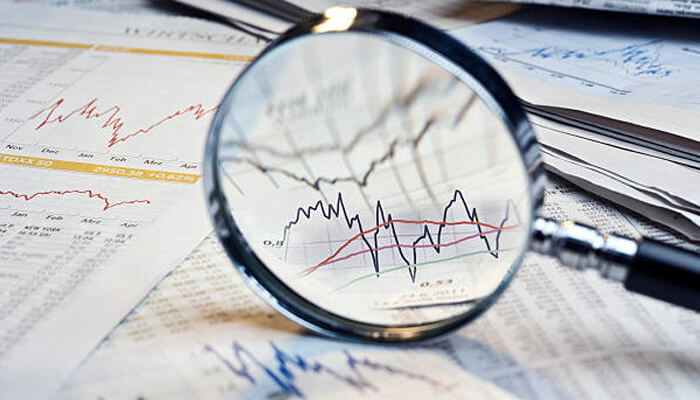An overhead rate refers to an expense related to the creation of a good or service. Overhead expenses include things like the price of the corporate headquarters that aren’t directly related to productivity. To distribute or allocate overhead costs depending on certain metrics, you can apply an overhead cost directly to production-related costs.
For instance, depending on the number of human hours or machines needed to produce the product, overhead charges may be levied at a predetermined rate.
Calculating the overhead rate typically involves dividing the total overhead costs by a chosen cost driver. A cost driver is a variable that correlates with the consumption of overhead resources. Common cost drivers include labor hours, machine usage, production volume, or even square footage. The formula for calculating the overhead rate is:
Overhead Rate = Total Overhead Costs / Total Cost Driver Units
For example, if a manufacturing company incurs $100,000 in total overhead costs and uses direct labor hours as the cost driver, and the company has used 10,000 direct labor hours, the overhead cost would be:
Overhead Rate = $100,000 / 10,000 hours = $10 per direct labor hour
This means that for each hour of direct labor used in production, an additional $10 is allocated to cover the indirect overhead costs associated with that hour of labor.
Importance of tracking overhead rates
Tracking overhead costs is essential for effective financial management and decision-making within a business. Overhead costs refer to indirect expenses that are not directly tied to producing a specific product or delivering a service. Instead, they support the overall business operations.
Here’s why businesses should track overhead rates:
1. Cost allocation
Overhead costs are incurred across various departments and activities, such as rent, utilities, administrative salaries, and office supplies. By tracking overhead rates, a business can accurately allocate these costs to different products, projects, or services.
Overhead rates help businesses identify their indirect costs, allowing them to create accurate budgets and allocate resources effectively.
2. Profitability and financial analysis
Monitoring overhead costs helps businesses do effective financial analysis and assess the profitability of different product lines and services. By comparing the overhead rates of different offerings, a business can focus on those that generate higher margins and consider making changes to less profitable areas.
3. Performance measurement
Overhead rates contribute to performance measurement and benchmarking. By comparing overhead rates over time or against industry standards, businesses can identify trends, inefficiencies, or opportunities for improvement.
4. Decision-making
Overhead rates provide valuable information for decision-making. Businesses can evaluate the impact of decisions such as expanding production, adding new products, or outsourcing certain functions. These decisions can affect overhead costs, and understanding their implications is crucial for long-term success.
5. Efficiency improvement
Tracking overhead rates helps businesses identify areas where efficiency improvements can be made. By reducing unnecessary overhead costs, businesses can become more competitive and financially stable.
6. Budgeting and planning
Overhead rates help in creating accurate budgets for various departments and projects. With precise overhead allocation, your business can anticipate costs more effectively and allocate resources accordingly. That means that budgeting will be easier, leading to effective financial management.
7. Strategic planning
Overhead cost analysis is integral to long-term strategic planning. It helps a business align its goals with its cost structure and make decisions that support its growth and sustainability.
8. Financial Reporting
Accurate overhead cost calculations are essential for accurate financial analysis and reporting. Proper reporting ensures compliance with accounting standards and provides stakeholders with a clear view of the company’s financial health.
9. Continuous improvement
Regularly tracking overhead costs allows a business to identify cost-saving opportunities. By understanding how overhead costs evolve, a business can implement strategies to reduce unnecessary expenses.
10. It helps with project management
Project management is a crucial discipline that involves planning, organizing, and executing tasks and resources to achieve specific goals within defined constraints. Tracking overhead costs will help your business allocate enough resources to plan, organize, and execute tasks.
Conclusion
In essence, overhead rates provide insight into the true cost of doing business beyond the direct costs of production. They allow businesses to make informed decisions, allocate resources effectively, set competitive prices, and improve overall financial performance.




